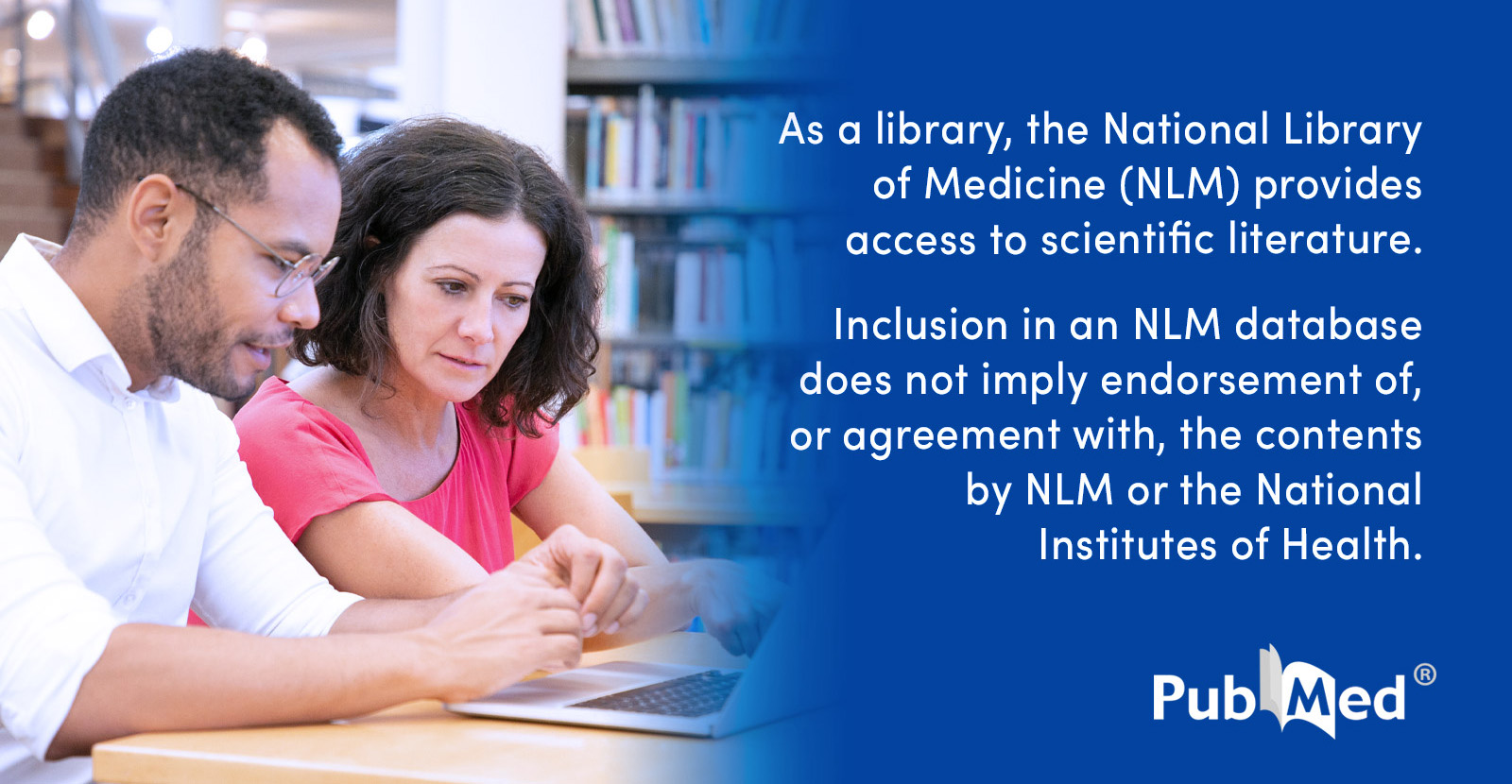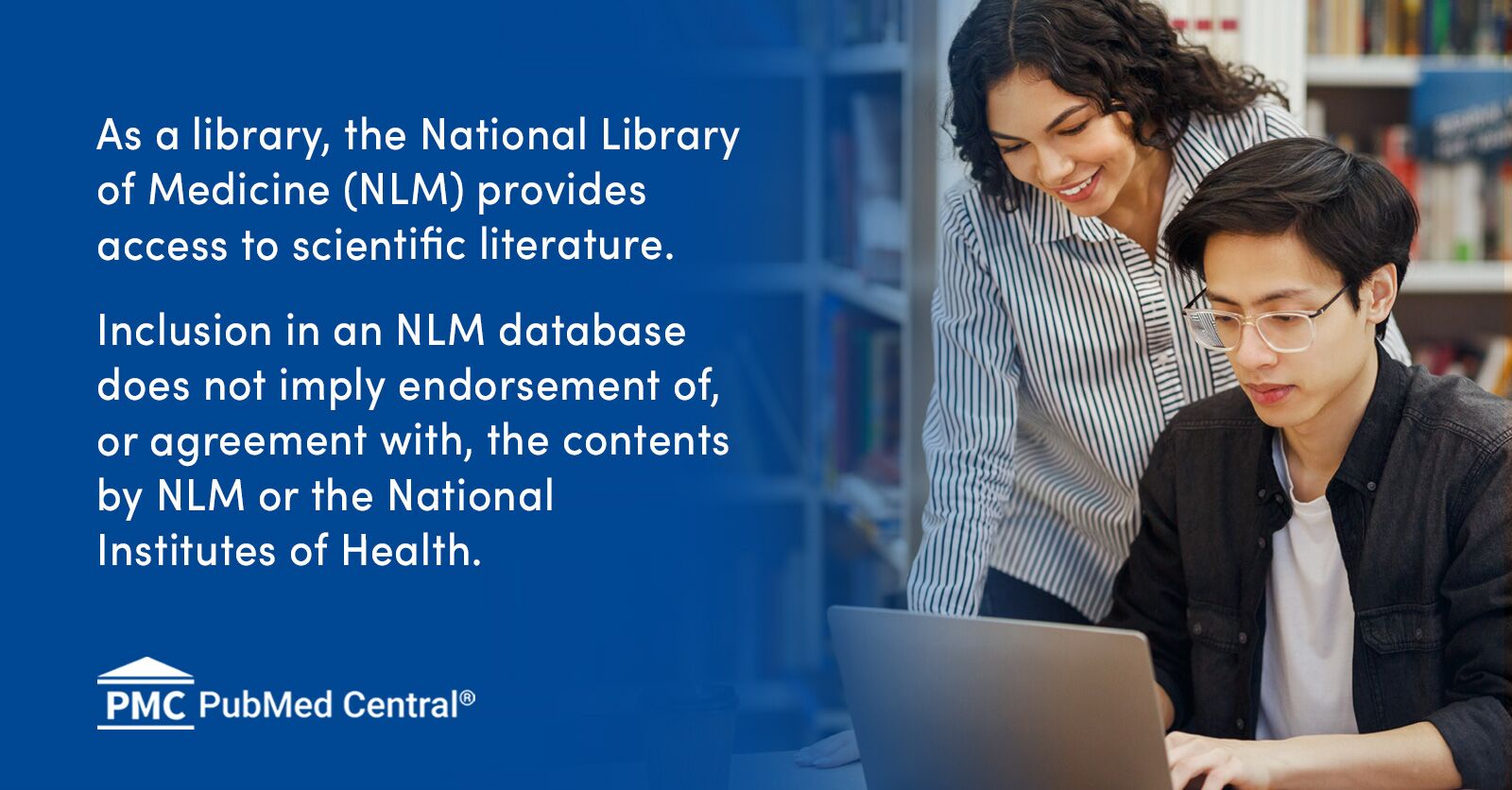I guess you mean the nigella sativa oil with black seed oil. That oil seems to contain many different chemical compounds in similar amounts, and it's difficult to say which of them is responsible for the effects.
Some essential oils, including rosemary and lavender oil, have been claimed to have some effectiveness against opioid withdrawal and to potentiate the pain-relieving effect of opioids.
Our findings support the use of rosemary in the management of pain and indicate a therapeutic potential of rosemary essential oil in combination with analgesic drugs. The mechanisms involved in analgesic effects of rosemary essential oil and the potential influence on cytochromes and drug...

www.ncbi.nlm.nih.gov
Withdrawal syndrome may influence patient's motivation for participation in addiction treatment programs. Management of the symptoms can improve the success rate of addiction treatment programs. In the present study, we have evaluated the efficiency of ...

www.ncbi.nlm.nih.gov
I have used rosemary and lavender EOs several times by inhalation with codeine to enhance the high, but I'm not sure if it only increases the intoxication and euphoria, or whether it also potentiates the analgesic effect. That combination sometimes actually gets me suddenly high enough to get me scared that I could have respiratory depression. Even natural products can have adverse effects if used in excessive amounts, though, so do this at your own risk.
There are also other natural products, including curcumin, which are claimed to prevent opiate tolerance:
Chronic use of opioid analgesics has been hindered by the development of opioid addiction and tolerance. We have reported that curcumin, a natural flavonoid from the rhizome of Curcuma longa, attenuated opioid tolerance, although the underlying mechanism ...

www.ncbi.nlm.nih.gov
Curcumin has a poor bioavailability unless it's taken with black pepper to inhibit the enzymes responsible for its metabolic breakdown.
Not sure if kratom can cause precipitated withdrawal (it's a partial mu agonist) if something like dihydrocodeine is replaced with it too quickly.
 not good I know. So I'm looking for a safer way to take less that actually works. How does the black seed oil work? Does anyone else have good potentiaters they could advise me off. I want to try kratom to replace the opiates for a break but I cant source any and I know I'm not allowed to ask here. But is that a good idea? I have fibromyalgia and inflammatory bowel disease so I do need to take a lot of painkillers but I'm taking my complete daily dose in a morning leaving myself with only nefopam for the night as I don't have the self control to split the dose most days. I only get 8 a day so if I go over I run out and I buy the cocodamol off a friend. Any advise would be appreciated please I need some relief!
not good I know. So I'm looking for a safer way to take less that actually works. How does the black seed oil work? Does anyone else have good potentiaters they could advise me off. I want to try kratom to replace the opiates for a break but I cant source any and I know I'm not allowed to ask here. But is that a good idea? I have fibromyalgia and inflammatory bowel disease so I do need to take a lot of painkillers but I'm taking my complete daily dose in a morning leaving myself with only nefopam for the night as I don't have the self control to split the dose most days. I only get 8 a day so if I go over I run out and I buy the cocodamol off a friend. Any advise would be appreciated please I need some relief!

